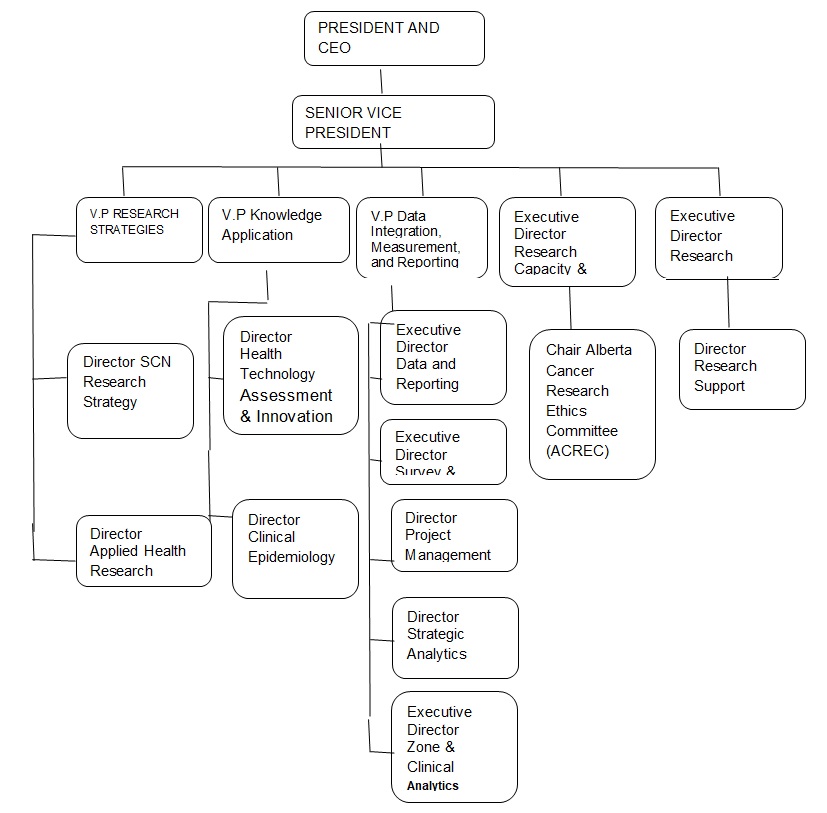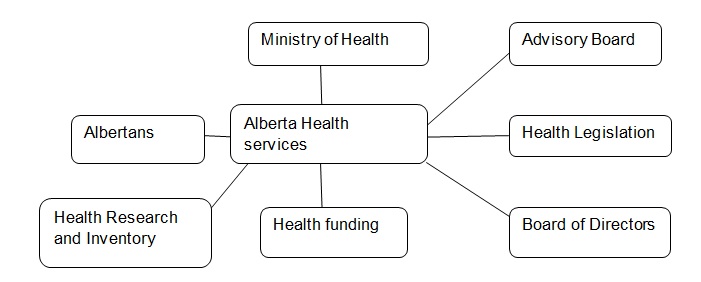Introduction
For any institution to operate effectively there must be some sense of leadership. Leadership is normally hierarchical in the sense that all managers, supervisors and any other form of authority in place cannot be operating on the same level. There has to be a sequential flow of authority from the topmost in management to the lowest level. This hierarchy is represented in a diagram known as an organizational chart, (Longest & Darr, 2008). The complexity of such a chart is dependent on the size of the organization. A smaller organization will normally have less reporting levels and this means a smaller less complicated organizational chart and a larger more detailed chart for a larger organization. On the other hand, every institution relates directly or indirectly to the external environment. This may be to its customers or clients, stakeholders or even the neighborhood. This is presented in a relationship diagram. In this essay, the organizational and relationship diagram of a healthcare institution will be discussed in detail.
Organizational Structure of a health care institution
There are different types of organizational structure. They are classified according to the basis on which positions are defined. They include functional organizational structure, service line management, and team based or matrix structures. Sometimes it is necessary to combine more than one management system to make use of the unique advantages of the different structures. Generally an effective manager regardless of the level of authority must have the ability to be his/her own manager; in terms of time and general resource management. He should be able to maintain positive attitude with clients and other staff members, be highly motivated and be able to motivate others especially those under him. As a second quality, a manager should be able to coordinate others to effectively complete a task. He should be able to assign roles to those under him and guide them through the process, reviewing duties and monitoring individual performance of the team members; and at the same time exercising his managerial duties as defined in the functional structure to ensure effective service delivery. At the organizational level, a good manager should be able to work together with the others in management as a part of the organization at large. Communication, unity and information sharing are key factors for success, (Lombardi and Schermerhrn 2007).
Alberta Health Services
In our discussion we look at the management organization of Alberta Health Services. This being a widespread institution, it has many branches and departments. These features make the management structure very detailed. Due to this complexity we will focus on the management of the Research department at Alberta Health Services. The division is headed by the president who doubles as the Chief Executive Officer of Alberta Health Services. Directly under him is the Senior vice president in charge of Research and he heads a group of three Vice Presidents and two executive Directors for various divisions in the research division; Research strategies, knowledge application, data integration, measurement & reporting, headed by vice presidents and Research capacity and support, and research operations and planning headed by executive directors. There are directors, executive directors and chairs in the third level of this structure. A clear definition is shown in the below diagram, (Alberta Health Services, 2012).

Such a structure is known as a functional organizational structure. It depicts the duties carried out in each level of management. The flow of control is top down and is mostly linear. This means that every one reports directly to the authority above him and receives instructions from the same authority, (Ginter, Swayne, and Duncan, 2002). For instance, a director in the research division reports to the vice president and not the president. This stepwise setting makes accountability, reporting and command line more defined. Division of labor and definition of duties are other advantages of such a structure. However, this structure limits flexibility and application of expertise from other disciplines in a department where they may be required. It is a normal occurrence to find health care institutions combining this structure with other structures such as the team based or line models. This will ensure that services of personnel from other departments can be utilized without any conflicts. For instance nursing services may be required in the imaging and diagnostic services department; if no clear guidelines are set for reporting the nurses appointed to that division will not know who they should report to, their manager or the manager of the department they are working in. In a team based model, staff can be appointed from various functional departments to compose a single team. The team may be dispatched to carry out some work or research that is basically under one department but requiring expertise from different fields. This team will be headed by a manager from one department and every team member will report to him.
Relationship Diagram
Alberta Health Services effectiveness is not only a result of internalized efforts but also external pressure. There are various key players in the background whose input may not be openly visible but is of great importance. The government of Alberta as represented by the ministry of health is one key player.The minister is responsible for setting up policies that govern health care services; the Board of Directors governs the institution under the control of the minister. Advisory bodies are also key players; Alberta Health services Board, Health Disciplines Board, Health professions Advisory Board are some of the bodies that come into play. Alberta’s health research and inventory division within the government is another key factor, (Roger 2009). The Albertans in General who are the Clients of this Institution are another group of key stakeholders. Health legislation concerned with licensing of health care facilities,, Health funding institutions, the directorate of personal information and Third Party Liability which is the branch that deals with ensuring accountability for any injury or bodily harm caused by a third party, are also key players in this organization. The relationship of these entities with Alberta Health Services is as depicted in the chart below.

Conclusion
Different management structures can be applied in one organization to enhance effectiveness and cut down on the cost of operation. The structure that is employed is dependent on the target output. From this discussion we can also see that organizations are not only influenced from within but also from the outside. Their input may not be openly visible but they are great contributors.
References
Alberta Health Services, (2012). Organizational chart. Web.
Ginter, P., Swayne, L., and Duncan, W., (2002). Strategic management of Healthcare organizations (4th ed).Malden, MA: Blackwell.
Longest B and Darr, K., (2008) Managing Health Services, Organizations and Systems. Baltimore: Health Professions Press.
Lombardi, D and Schermerhrn, J., (2007). Healthcare Management, Hoboken, NJ; John Wiley and Sons.
Roger Palmer. 2009. Inventory of Health Research and Innovation in Alberta. Web.